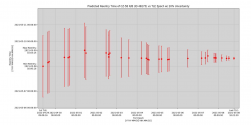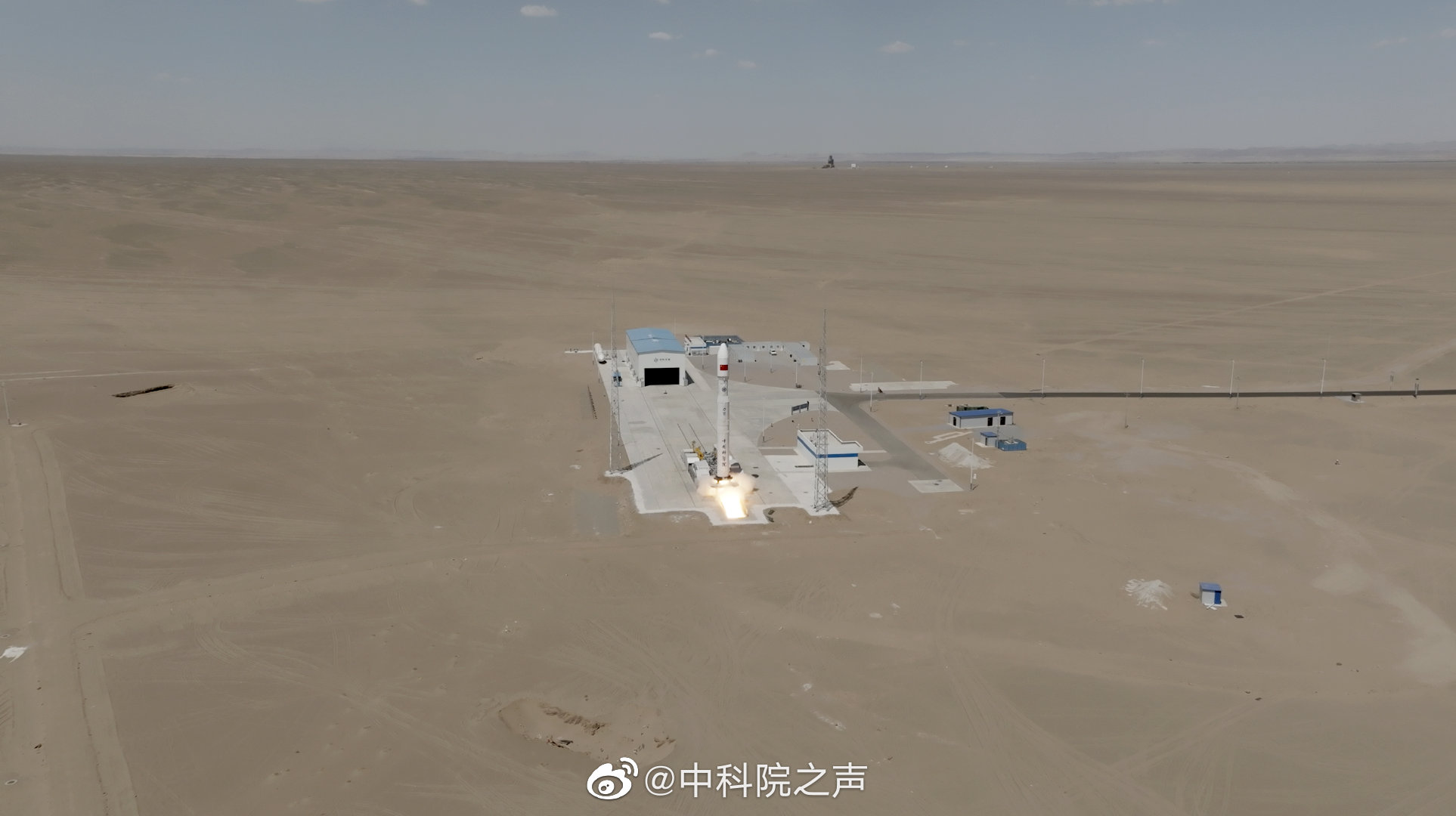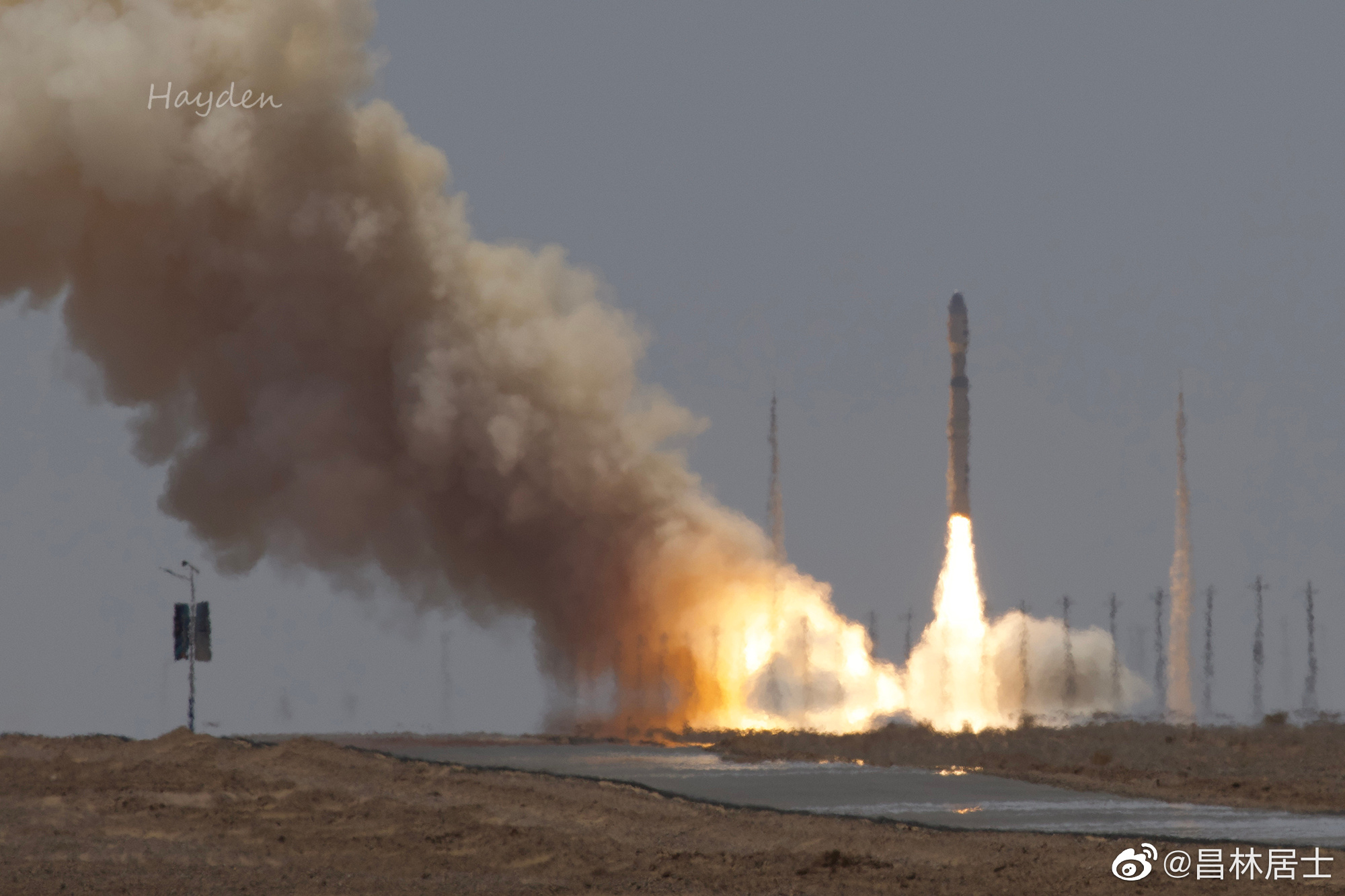You are using an out of date browser. It may not display this or other websites correctly.
You should upgrade or use an alternative browser.
You should upgrade or use an alternative browser.
China's Space Program News Thread
- Thread starter crazyinsane105
- Start date
- Status
- Not open for further replies.
Only if we can re-use the launcher during a nuclear exchange.Huh... reusable liquid-fuel rocket vs expendable solid-fuel rocket sharing key components with mass produced ICBMs. I wonder which one will end up cheaper?
They (SLS and LM5 core) are same as returning to the surface of earth uncontrolled, un-powered.It's not the same thing™
They are different in that before touching the earth surface, SLS core does not revolve the earth for a full circle while LM5 core does.
NASA is like a soldier shooting at a target without anyone nearby. CNSA is a sniper shooting through the crowd. It is about confidence in their skills.
Last edited:
A better moment is when ISS is de-orbited considering it is 450 tonne of some many pieces larger and heavier than a LM5 core.Chinese rocket reentry to end the world article in 3...2...1...
and there it is:
I hope they do the same when SLS finally flies. yeesh.
escobar
Brigadier
They (SLS and LM5 core) are same as returning to the surface of earth uncontrolled, un-powered.
They are different in that before touching the earth surface, SLS core does not revolve the earth for a full circle while LM5 core does.
NASA is like a soldier shooting at a target without anyone nearby. CNSA is a sniper shooting through the crowd. It is about confidence in their skills
They are very different in that the SLS landing location is known ahead of time with minimal variation. When you don't even orbit once, it's pretty easy to minimize dispersions and know something will land in the Indian ocean.
There is no "skill" with how the LM-5B stage re-enters, it is totally random and up to chance. Since it's in orbit for days at a much higher altitude, it's way harder to predict where it will land - just look at the current predictions, can't even nail it down within 1 orbit!
I think we both agree that orbiting an object is the same as flying a straight line on a curved 2D plane in space time. That means the difference is only the distance on that 2D plane. Whether 1 orbit or 10 orbit isn't really relevant.They are very different in that the SLS landing location is known ahead of time with minimal variation. When you don't even orbit once, it's pretty easy to minimize dispersions and know something will land in the Indian ocean.
There is no "skill" with how the LM-5B stage re-enters, it is totally random and up to chance. Since it's in orbit for days at a much higher altitude, it's way harder to predict where it will land - just look at the current predictions, can't even nail it down within 1 orbit!
SLS is like shooting a bullet to a target 100 meters away. LM5 stage is like shooting the target 1000 meters away (10 revolution of earth). Due to the drag of thin air, there is more uncertainties in case of LM5's final entry point and landing site. This is the same as shooting a bullet, the further it goes the higher CEP.
SLS has a smaller CEP due to its shorter range, say 1 meter. LM-5 has a CEP of 10 meters. SLS's landing region is in south atlantic? LM-5 is south pacific? LM-5 has higher CEP but also larger landing range. That larger CEP is enough, isn't it?
The final point is equally random regardless the CEP. You just need to be sure that the final landing point is within your predetermined range according to your calculated CEP. The skill is to be confident in your calculation of the location of that range and its size, NOT about knowing exactly where it lands.
I think we both agree that orbiting an object is the same as flying a straight line on a curved 2D plane in space time. That means the difference is only the distance on that 2D plane. Whether 1 orbit or 10 orbit isn't really relevant.
When the error increases linearly with time in orbit, it's very relevant. Right now the CEP of LM5 is literally the entire Earth, look at the Aerospace Corp's tracking. There is so much variability and uncertainty in atmospheric density and more importantly space weather (i.e solar flux) that no one can possibly predict where the LM5 booster will land, including China.
Contrast this with SLS where it's very easy to predict and guarantee the splash-down location since it spends WAY less time in orbit.
The skill is to be confident in your calculation of the location of that range and its size, NOT about knowing exactly where it lands.
Your logic and reasoning makes sense, but you are ignoring the fact that the current error is MASSIVE and suggests it could land literally along the ground track +/- multiple orbits. This is being reckless and hoping for the best, not calculating where it will land.
Is The Aerospace Corporation unbiased or another Western propaganda outlet?When the error increases linearly with time in orbit, it's very relevant. Right now the CEP of LM5 is literally the entire Earth, look at the Aerospace Corp's tracking. There is so much variability and uncertainty in atmospheric density and more importantly space weather (i.e solar flux) that no one can possibly predict where the LM5 booster will land, including China.
Contrast this with SLS where it's very easy to predict and guarantee the splash-down location since it spends WAY less time in orbit.
Your logic and reasoning makes sense, but you are ignoring the fact that the current error is MASSIVE and suggests it could land literally along the ground track +/- multiple orbits. This is being reckless and hoping for the best, not calculating where it will land.
Is The Aerospace Corporation unbiased or another Western propaganda outlet?
They are a western company, but the physics behind the analysis is very clear and not difficult to reproduce.
It is impossible to accurately predict the amount of drag you will experience in these low orbits and over the course of multiple days that results in a massive stack-up of error making precise re-entry predictions impossible, so you get large windows like the ones they provide that shrink over time. SLS doesn't even go orbital and basically follows a ballistic trajectory, so it's not difficult to predict where it will land.

- Status
- Not open for further replies.





